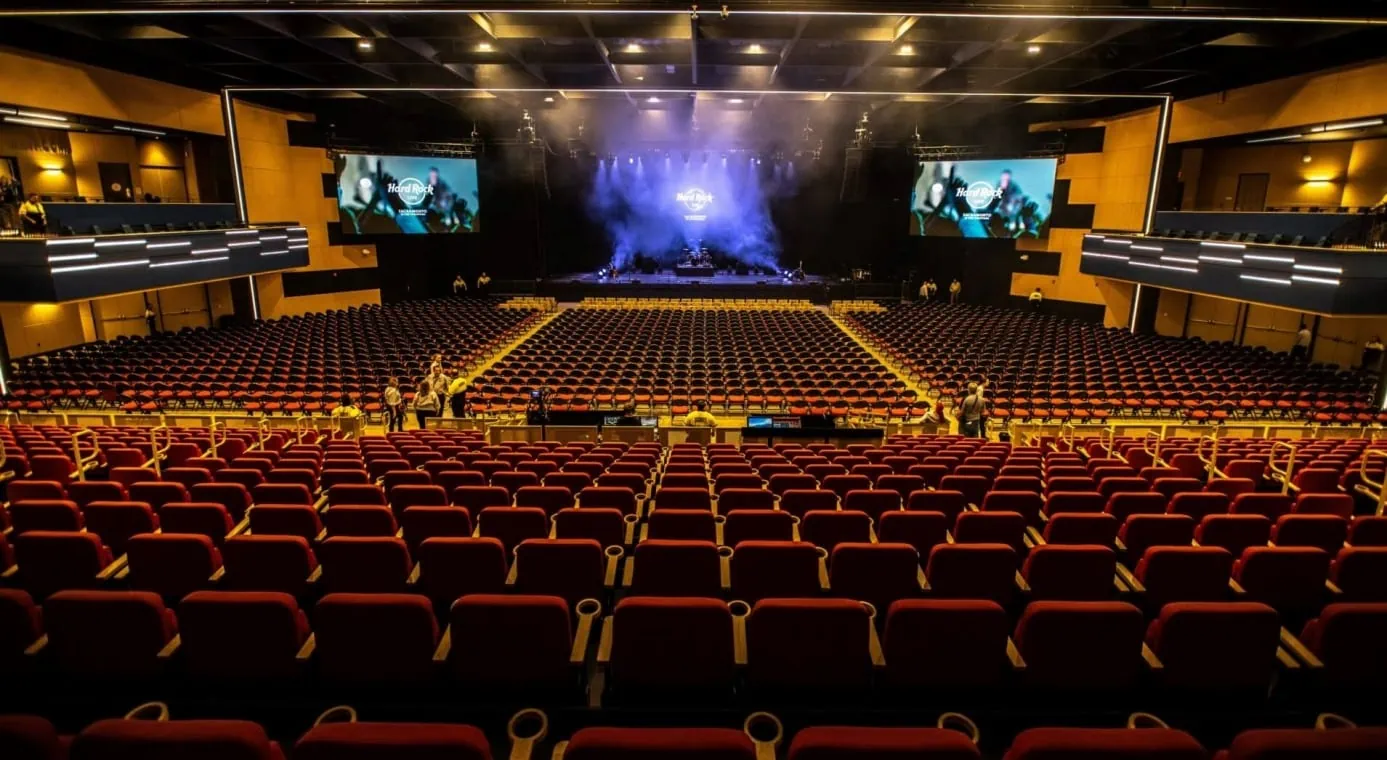When you buy tickets for a concert, one of the first decisions you’ll face is where to sit. With so many different types of venues, seating options, and concert experiences, it can be difficult to determine the best spot. The “best” seats vary depending on your personal preferences, the type of concert you’re attending, and the venue itself. However, understanding how sound, sightlines, and atmosphere work together can help you make an informed choice. In this guide, we’ll explore the different factors that contribute to selecting the best concert seats and offer advice on how to maximize your concert experience.
1. Types of Concert Venues and Seating Options
Before diving into the specifics of choosing the best seat, it’s important to consider the type of venue you’re attending. Concerts take place in a wide range of settings, each with unique characteristics. Broadly speaking, concert venues can be categorized as:
- Indoor arenas (e.g., stadiums, sports arenas)
- Outdoor amphitheaters
- Theaters and opera houses
- Smaller clubs or halls
Each venue type has its own dynamics that affect acoustics and sightlines. For example, in an indoor arena, the sound is often reflected off walls and ceilings, which can make some seats feel less clear or more “echoey.” In contrast, outdoor amphitheaters have natural acoustics that can be more forgiving, but seating farther from the stage may reduce the sense of intimacy.
2. Sound: The Importance of Acoustics
When it comes to the best seats at a concert, sound quality is crucial. While every concertgoer will hear the music, the quality of the sound can differ greatly depending on where you’re sitting. Some seats may offer clearer, more direct sound, while others may experience muddled or distant acoustics.
- Front-and-center seats generally provide the best balance of direct sound from the performers, but they also can be affected by stage monitors and the band’s equipment. These seats give you the most immersive experience in terms of feeling the music’s energy.
- Seats in the “sweet spot”—usually located around the center of the venue or slightly above—tend to offer the best acoustics, as they are positioned to avoid sound distortion. In large venues, these areas are often just a few rows behind the sound mixing board, where the acoustics are most balanced.
- Avoiding the back corners is typically a good idea. While seats in the back offer a full view of the stage, the sound may be delayed or muffled depending on the venue’s acoustics.
For outdoor venues, consider the sound delay: if you sit too far back, you may experience a slight lag between when the sound is produced and when it reaches your ears. To avoid this, sitting slightly off-center can often offer the best blend of sound and sightlines.
3. View: Sightlines and Stage Visibility
While sound quality is a key factor, you also want to have a clear view of the performers. This is especially important for larger concerts or shows where the stage may feature multiple elements such as lighting effects, dancers, or intricate stage designs.
- Center-stage seats are often the best choice for optimal sightlines. Being in the middle allows you to see the performers straight on, without any obstructions from speakers, light rigs, or other structures.
- Elevated seating such as balcony or mezzanine levels can be excellent for overall visibility, especially for large-scale productions. These seats give you a broader view of the entire stage and any theatrics happening around the performance, which may not be as visible from the floor.
- Avoid extreme side or obstructed view seats when possible. Some venues may offer cheaper tickets in areas where the stage is partially blocked by speakers, lighting equipment, or the structure itself.
4. The Atmosphere: Energy and Connection
The energy of the crowd can greatly enhance your concert experience. If you thrive on crowd excitement and interaction, sitting closer to the stage is ideal, as you’ll be right in the thick of it. You can feel the energy of the performers and the audience, and sometimes even engage with the show directly, especially at smaller venues or intimate performances.
However, for some people, the experience of being immersed in the crowd might be less appealing. If you prefer a more relaxed experience with less noise and chaos, sitting further back or in a more secluded section may offer a quieter atmosphere where you can focus on the music without distractions.
In smaller venues, sitting near the front of the stage allows you to experience the performance in a very intimate way. In larger arenas, however, you might find that the energy from the crowd diminishes the closer you get to the stage due to the sheer size of the venue and distance from the soundboard.
5. Additional Considerations
- Budget: Naturally, the closer you sit to the stage, the more expensive the tickets. For many people, the best balance of cost and experience comes from sitting in the middle or upper-middle sections of the venue. These seats often offer good acoustics and sightlines without the sky-high ticket prices.
- Venue Layout: Some venues feature unique seating arrangements that might change the best seat options. For instance, if the stage is in the round (with seating on all sides), it might be best to sit in one of the central sections where you’re not too far away from any direction.
Conclusion: Finding Your Perfect Spot
Ultimately, the best seats at a concert depend on your personal preferences. Whether you prioritize clear sound, an unobstructed view of the performers, or the electric atmosphere of the crowd, there are many factors to consider when selecting your seat. While there’s no universally perfect seat for every concert, following these general guidelines will help you choose the spot that will give you the best concert experience.

